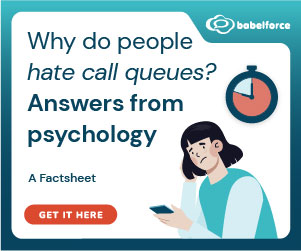What is Auxiliary Work State?
An auxiliary work state is one type of ‘unavailable’ state. While an agent is in an auxiliary state, the ACD will not route calls to them.
Agents enter an auxiliary work state when they are present and working but not involved in call-related activity. Contact centres define this work in different ways and to various degrees, but it will usually include e-learning, responding to emails, or performing office admin.
The work that agents are expected to carry out during periods in an auxiliary work state is sometimes specifically defined in advance. This way, when there are few incoming calls and occupancy is low, managers need only indicate that auxiliary roles should be carried out, without further explanation being needed.
The Pros and Cons of Auxiliary Work State
While agents in an auxiliary state are technically active, there is no clear way to measure their output. They might be accomplishing more than if they were waiting for calls, but this cannot be guaranteed.
Managers must be highly proactive in ensuring that a realistic amount of time is given over to work performed while in the auxiliary state, and that agents are using this time for its intended purpose.
Some managers recognise that, while little work may actually get done in auxiliary time, it can nonetheless be good for morale. It may allow agents to speak to one another more freely, fostering group cohesion.
When auxiliary codes are used for specific types of non-call work, the contact centre is able to harvest more data about how agent non-call time is spent.
Having a greater variety of codes makes tracking non-call time much easier. Asking agents to summarise the kinds work which they carried out can also help planners to judge what new status codes could be useful.
However, code adherence can be hard to monitor. Because of this, some centres require agents to log their work activities while in an auxiliary state. This goes some way towards preventing deliberately dishonest use.
Auxiliary time is often used by planners to plug the gaps and ‘smooth over’ periods of low occupancy. As agents in the auxiliary state are not ‘available’, they do not lower occupancy when they are not taking calls.
This is, of course, a misrepresentation of the facts, and the contact centre adage ‘what can’t be measured can’t be improved’ indicates how it could potentially be a problem.
Author: Jonty Pearce
Published On: 24th Feb 2017 - Last modified: 12th Aug 2025
Read more about - Definitions, Terminology




































